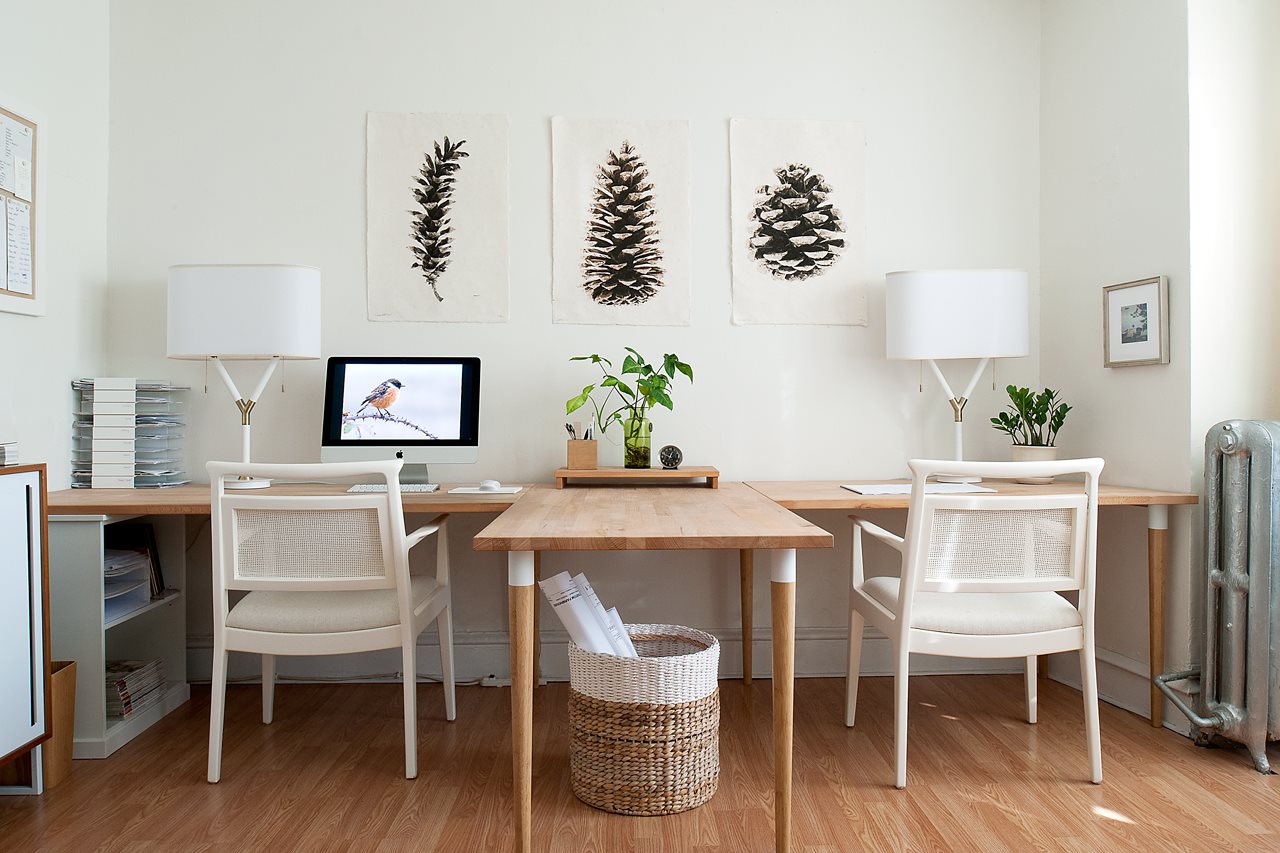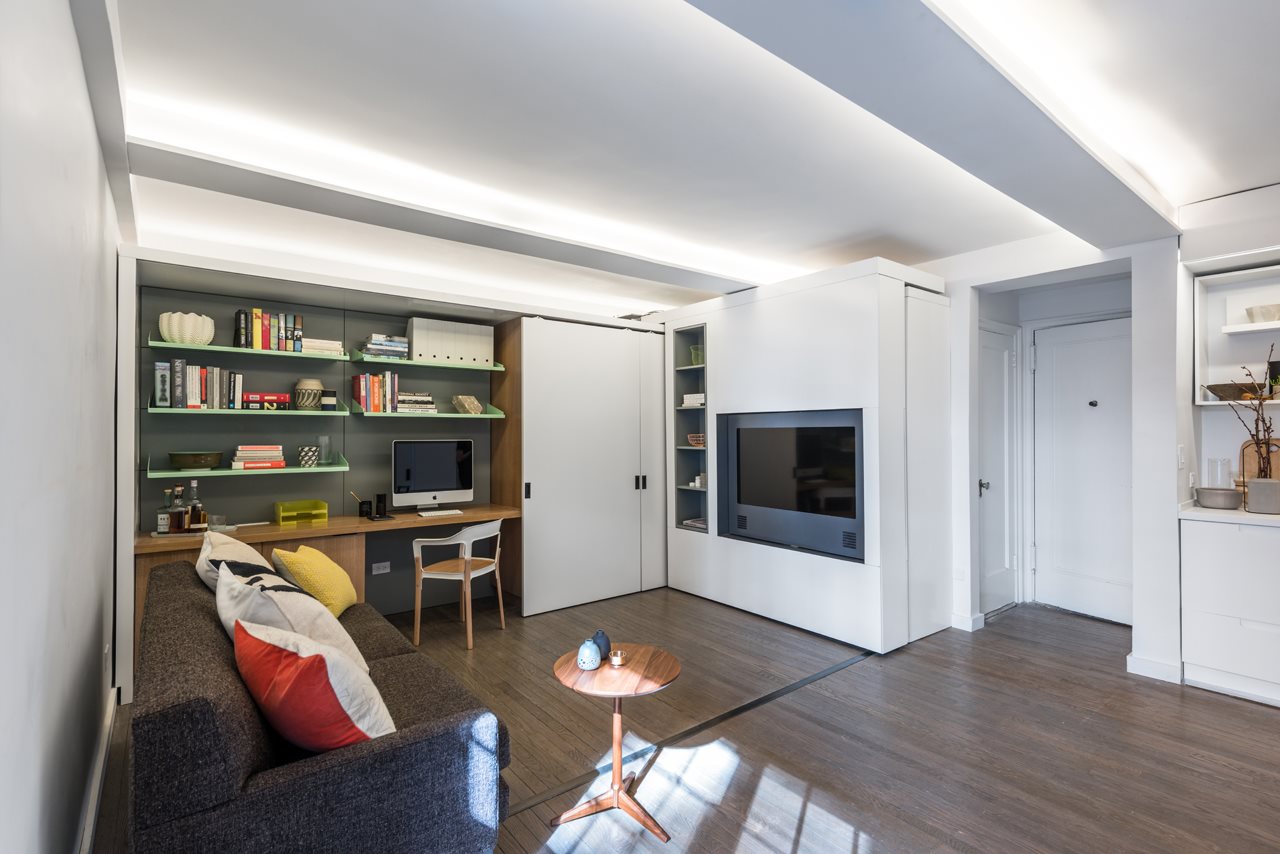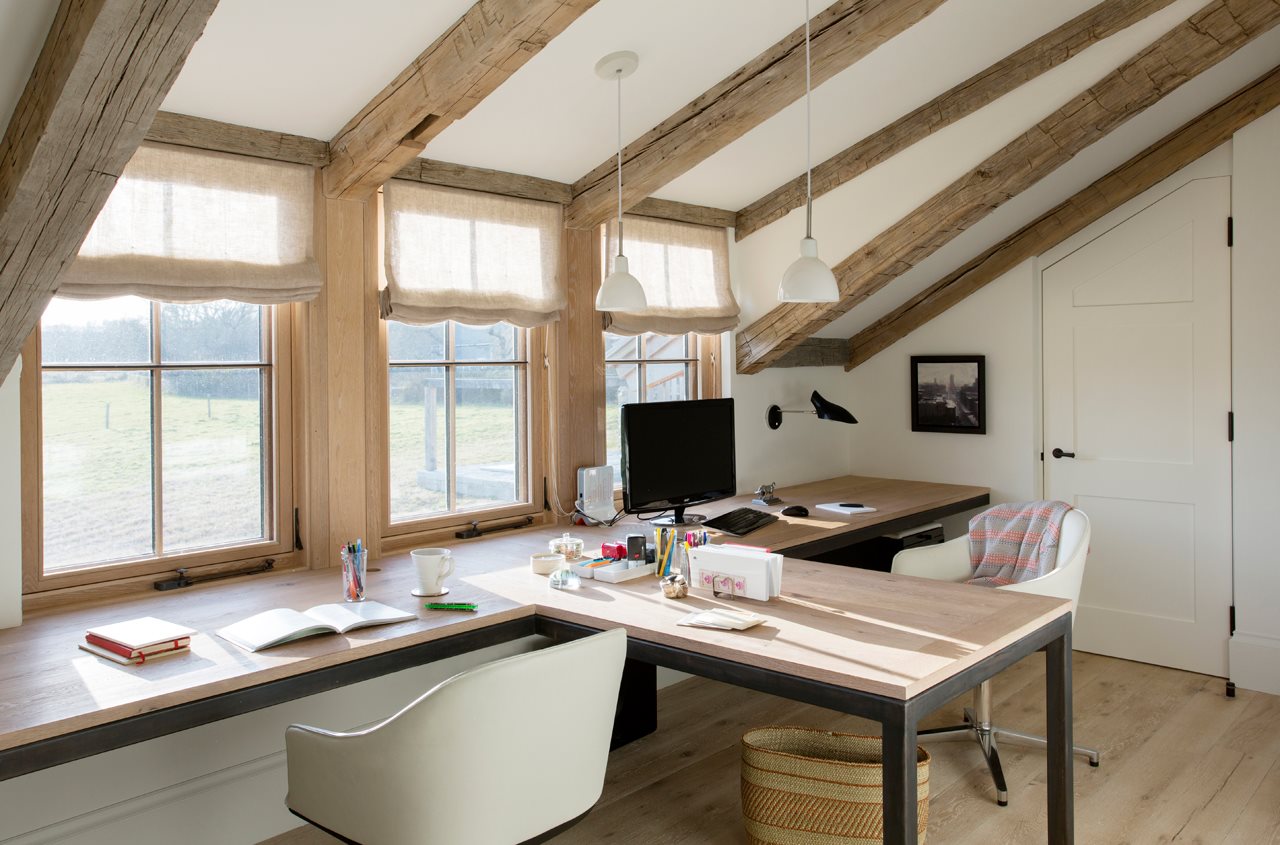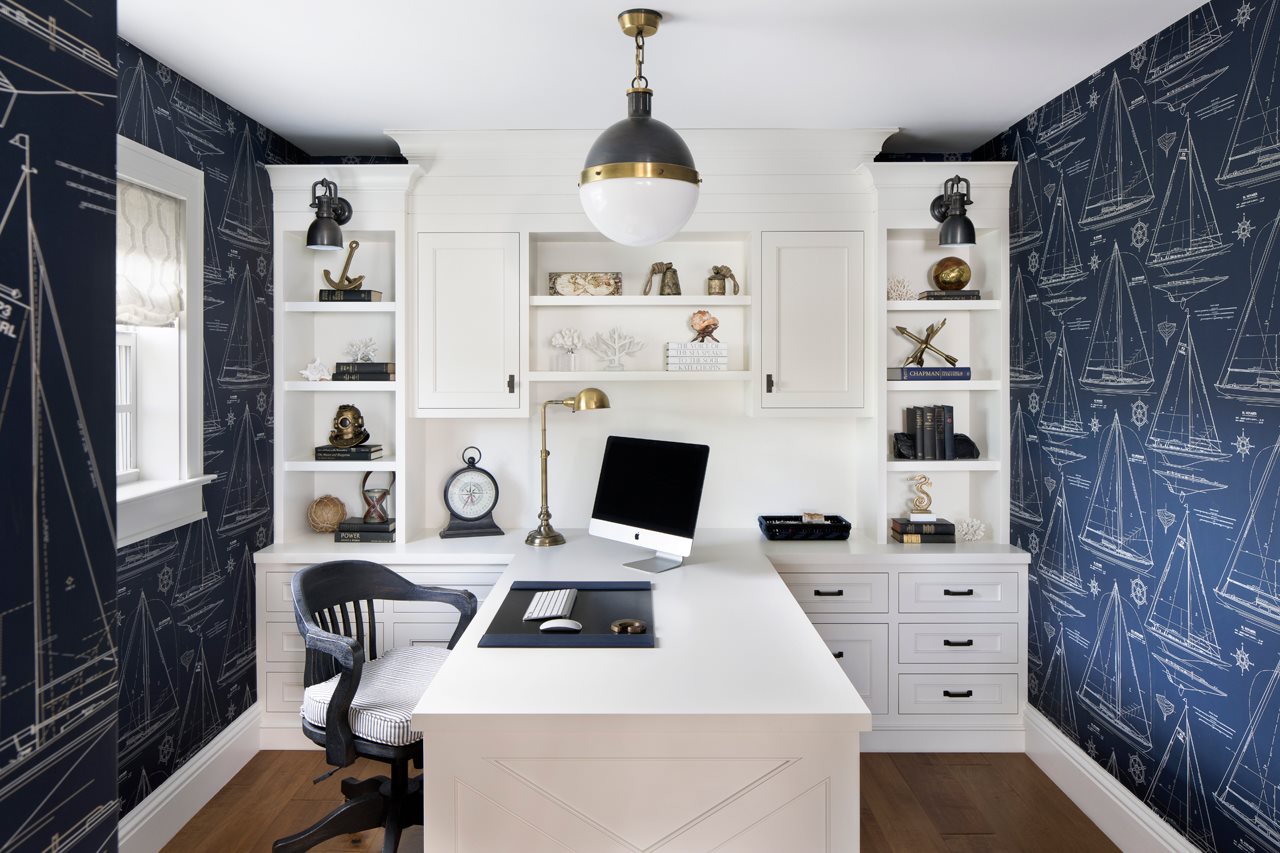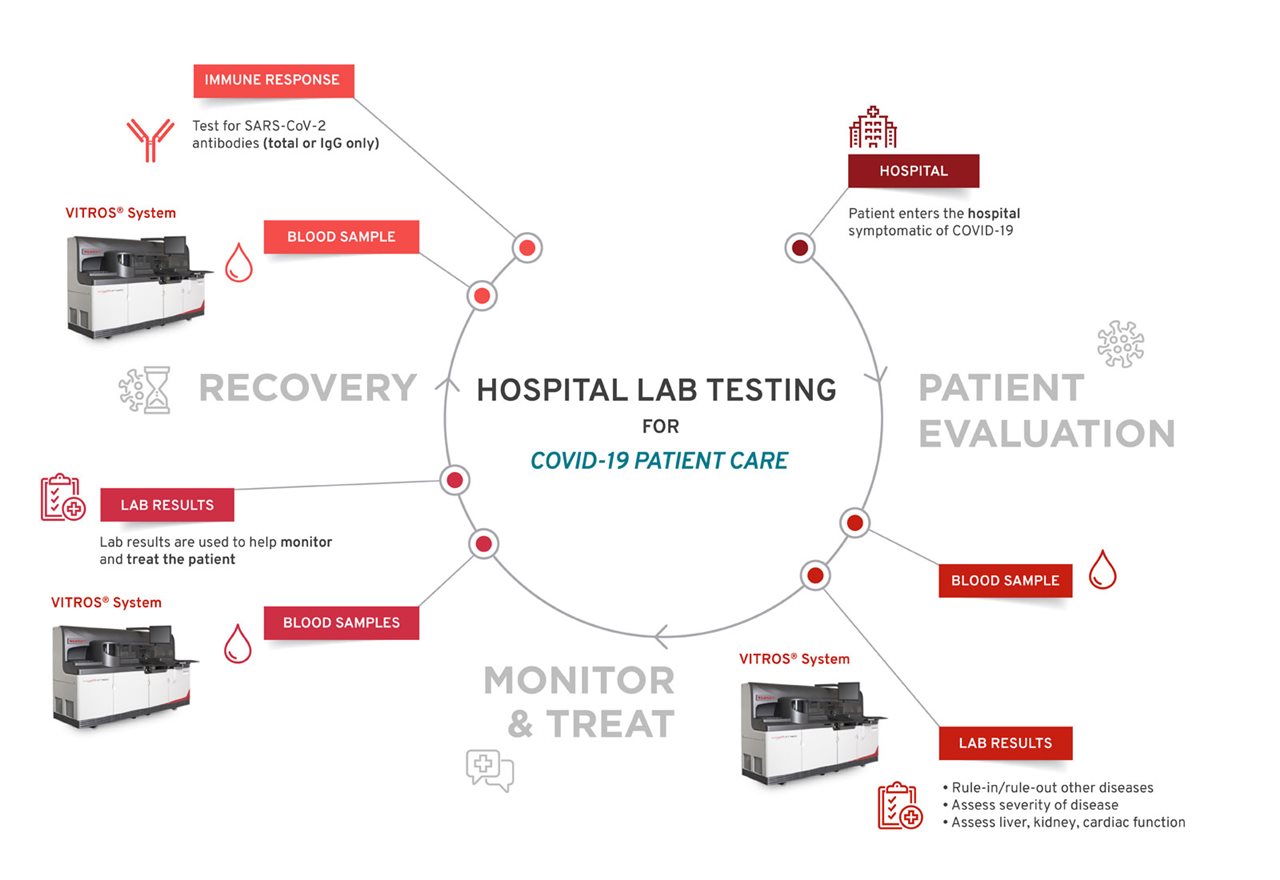2020-06-22T08:01:00
(BPT) – Women’s health can be complex, and every woman has unique considerations and needs. Well-women exams are an important time to bring up these needs and take proactive steps to protect your health, including important testing for things like cervical cancer.
Results from a new survey conducted by the National Association of Nurse Practitioners in Women’s Health (NPWH) and HealthyWomen evaluated behaviors and attitudes among healthcare providers and women related to cervical cancer screening. Top findings underscore important cervical health considerations every woman should know:
Co-testing using both the Pap and HPV tests together is the most effective testing option
The Pap test and HPV test together is an important testing option to ask about during a well-woman appointment. Each test has a role to play. The Pap test looks for cellular changes that could be precursors to cancer, and the HPV test screens for the types of HPV most likely to cause cancer. Women receive the benefits of two tests with just one sample. The survey found that co-testing using the Pap test and HPV test together has increased over the past five years, helping to screen for cervical cancer in a more comprehensive manner.
In fact, 89% of healthcare providers believe co-testing is essential for women’s health and 95% see the value of the Pap test in screening for cervical cancer. Additionally, 90% of women say they understand the value of the Pap test.
“During your visit, ask your healthcare provider about co-testing using both the Pap test and HPV test for a more comprehensive cervical cancer screening,” says Dr. DaCarla Albright, member of HealthyWomen’s Women’s Health Advisory Council. “Both tests together provide the best way to protect women’s health and well-being, helping to detect cancer so it can be treated effectively.”
Your doctor or nurse practitioner can help determine how frequently you need to get tested
Should you go every year for a well-woman exam and be screened for cervical cancer, or do you only need to be tested every five years? Current guidelines recommend that women ages 21-29 get tested with the Pap test every three years, and women ages 30-65 should get co-tested no longer than every five years.
However, the right testing frequency can still seem confusing, and women are unsure how often they should be tested. This is reflected in the survey, as healthcare providers’ recommendations and reality differ widely.
For example, 43% of healthcare providers recommend that women 30-65 who’ve been tested get retested every five years, yet only 23% follow this recommendation. The majority of women opt to get tested more frequently, with 1% tested every four years, 31% tested every three years, 14% every two years, 27% every year and 1% every six months.
“The best way to determine your optimum frequency of testing is to talk with your healthcare provider,” said Aimee Chism Holland, DNP, WHN-BC, FNP-C, FAANP, past-chair of the board of directors for the National Association of Nurse Practitioners in Women’s Health. “He or she can give you a tailored recommendation based on your age, cervical cancer screening history and other factors.”
Discussing cervical cancer with your doctor or nurse practitioner helps ensure the best protection
The survey found a disconnect between the conversations healthcare providers and women believe they are having regarding cervical cancer. This critical conversation is important to ensure regular screening. Cervical cancer survival rates increase significantly the earlier the cancer is detected and treated.
While 76% of healthcare providers claim to discuss cervical cancer and HPV frequently as part of their routine exams, women’s perception is that they don’t discuss these conditions as frequently, with only 27% saying they talk about it with their healthcare provider most or all of the time and a quarter of women saying they never discuss cervical cancer with their healthcare provider.
Women and healthcare providers should prioritize having an honest conversation about cervical cancer risks and testing to empower every woman to take the correct steps to protect her health. To learn more about the Cervical Cancer Today survey, visit npwh.org or healthywomen.org/cervicalcancerscreening.



